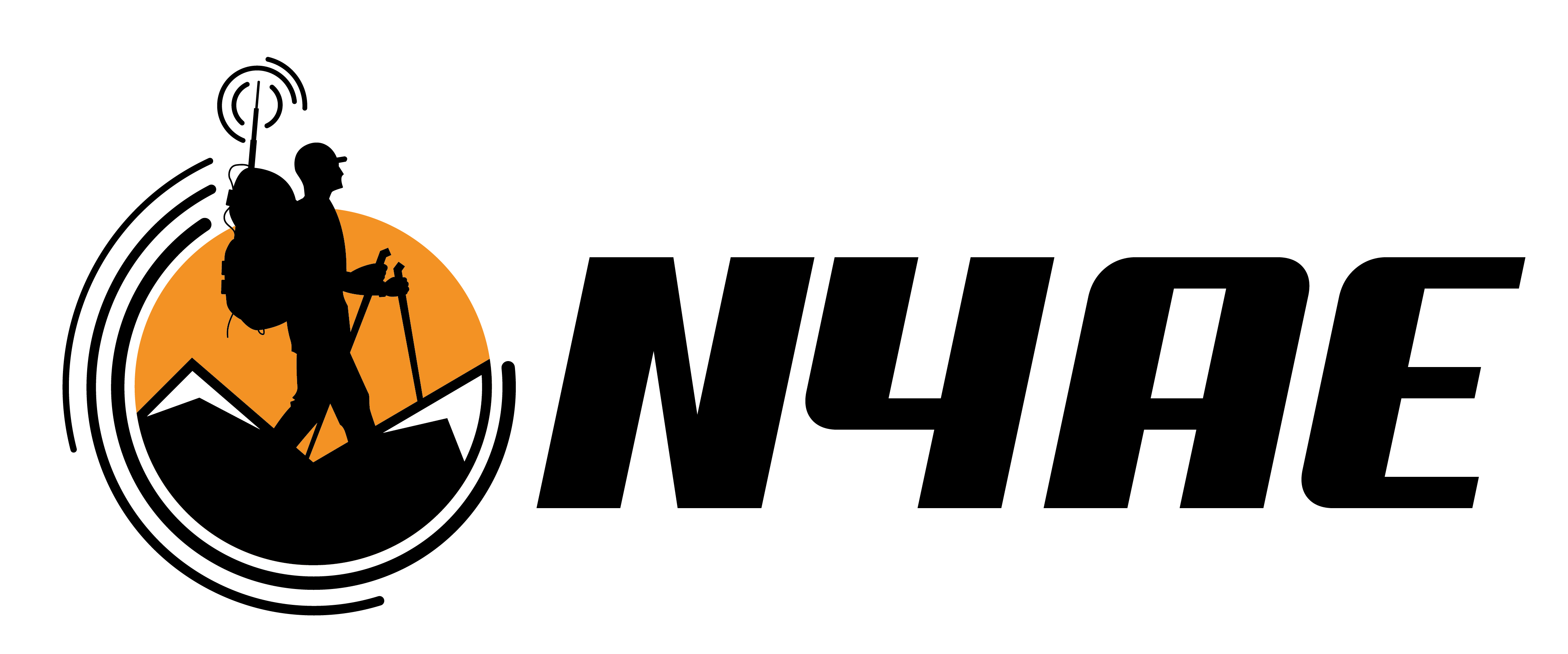Engine Noise Impact on Mobile HF Radio Communication
This is Part 8 of Outfitting a Jeep JK Unlimited for Ham Radio. In this part, I will explain a simple experiment that I used to measure noise in my Jeep Wileys.
Cars are hostile to radio communication. If you’ve ever heard your alternator whine while listening to your AM car radio, you’ve experienced the problem.
For Amateur Radio Operators (and, to a lesser extent, Citizens Band), you have to reduce the noise your vehicle generates before you can maximize your station’s performance on HF bands.
Before you can address noise on the receiver, however, it helps to know how much noise your vehicle makes. In other words, we need to determine how much more noise your vehicle makes over the noise floor.
Here is a simple experiment that I used to measure noise in my Jeep Wileys.
The Experiment Process
I have a Little Tarheel II screwdriver antenna on my Jeep Willeys. At this point, I have mounted the antenna to my cargo door and run the controller cable and coax. I am not to the point of electrical bonding, nor am I remotely close to performing a preliminary tuning of the antenna. For all intents and purposes, the antenna is just plugged in for this experiment only. No transmitting on HF yet.
- With the engine off, loosely tune your antenna for the frequency you wish to examine. By “loosely,” I mean tune the antenna to the point where you hear the most atmospheric noise. For this test, there is no real reason to match the antenna and radio exactly.
The reading from your radio is the noise floor, or how much noise your radio hears at that given location. Expect any value between S2 and S4, depending on where you are.
- Crank the engine. The noise floor will increase. The amount it increases represents how much noise your vehicle makes. It also is the amount of noise you must eliminate through grounding.
As you drive around, take note of the noise reading in the morning, mid-day, and evening hours. You may notice different readings throughout the day as band conditions change. If the measurements do not change, the added noise is all in your vehicle and not your environment. Sorry.
If you can, switch modes between SSB and AM. Turn down the volume. AM will sound awful.
Here are my results across several bands on single sideband.
Frequency, MHz |
Engine Off |
Morning |
Noon |
Evening |
50.1250 |
S3 | S5 | S5 | S5 |
28.3600 |
S3 | S7 | S5 | S6 |
24.9500 |
S0 | S5 | S5 | S5 |
21.3600 |
S0 | S2 | S4 | S5 |
18.1600 |
S4 | S7 | S5 | S5 |
14.3000 |
S5 | S7 | S8 | S8 |
7.2900 |
S4 |
S8 |
S6 | S5 |
5.3715 |
S4 |
S8/S9 |
S9 |
S9 |
3.9850 |
S4 |
S7/S8 |
S7 |
S8 |
Conclusion
As you can see, my Jeep is pretty noisy. The motor, exhaust pipe, cables, doors; all contribute 30 dB.
It is worth mentioning that the alternator noise was less prevalent on lower bands (20-meters to 6-meters). Single Sideband had less alternator noise than AM. The noise was there, I just didn’t hear the alternator whine as much as I drove. I used no analog filters or Digital Signal Processing. It was “Plug the Antenna and Turn It On.”
All of these figures account for the fact that I have yet to bond any part of my Jeep.
Things should improve once I start that process.




















I am running the exact radio and antenna mounted in an 07 Wrangler. I was having issues with engine noise and a friend in my local club recommended ferrite beads and toroid for my power cable as well as the coax. I installed them right at the radio and found that it reduced the noise levels about 75%. Curious to see how much noise reduction you get with bonding and exactly what gets bonded. Thanks for the great articles on the installation process.
73,
Jason
KM4ACK
Jason,
In my installation, the alternator noise appears to be part of the antenna controller. I discovered this over the weekend when I bonded the cargo door and hood (article publishes 8/28).
The cable between the controller and the antenna is about 18-20 feet long. When the controller is off, I hear zero alternator noise. When I turn it on, it introduces about S7 units. The RF Choke does not appear to help.
For now, I am using the Noise Blanker feature of the radio. The default value (50) works well.
My next step is to install a DC noise filter between the battery and antenna controller.
73, Brian